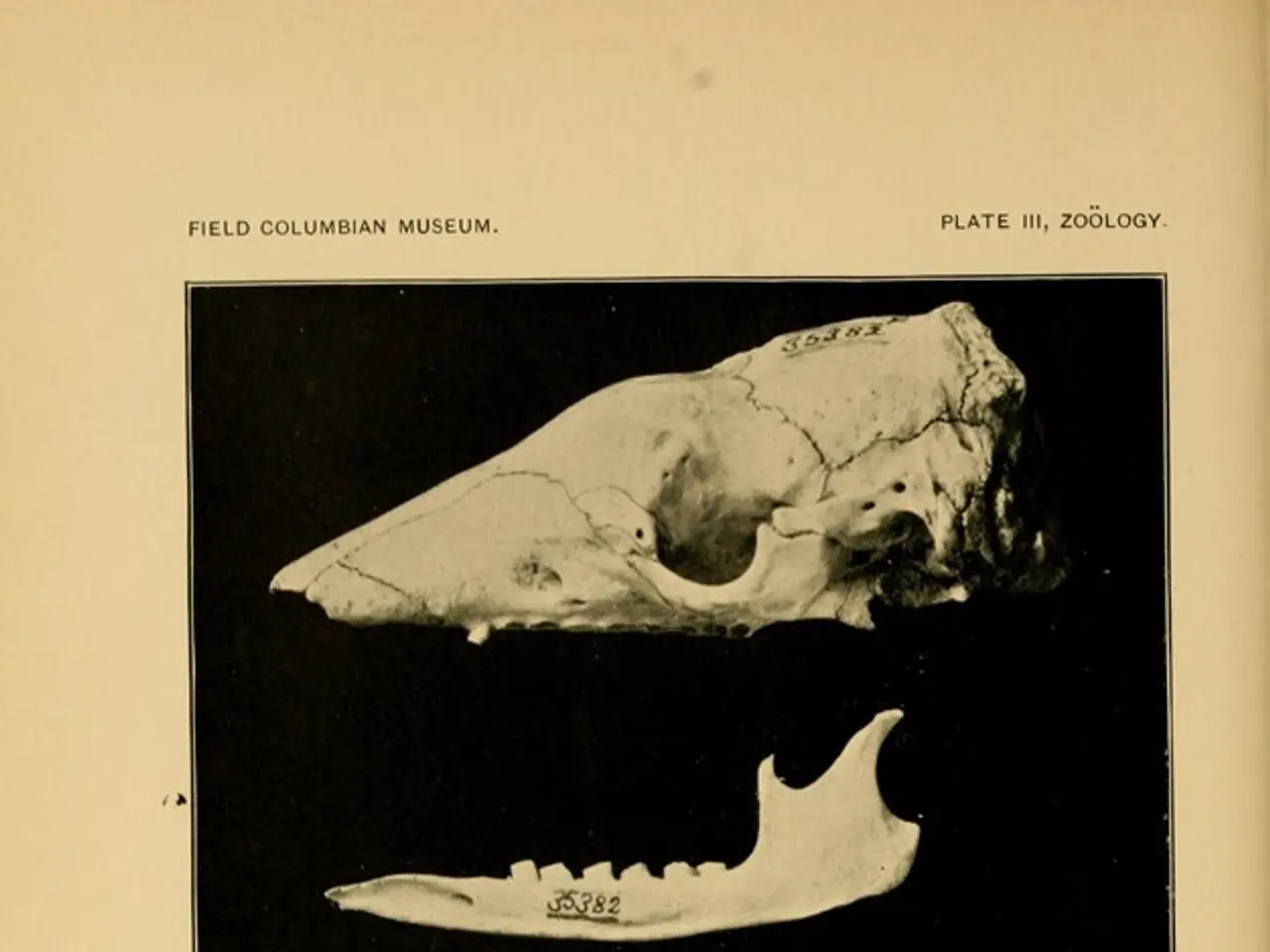Earth's Diverse Wildlife Breakdown: Top Biodiverse Ecosystems Ranked by Continent
In the vast and diverse world we inhabit, the continent of South America stands out as a hotspot of biodiversity. This richness can be largely attributed to the Amazon Rainforest, a sprawling ecosystem that spans several countries in the region, such as Brazil, Peru, and Colombia.
The Amazon Rainforest, home to over 60% of its namesake, is a veritable treasure trove of plant and animal life. Brazil, in particular, boasts a diverse array of species, including hummingbirds, toucans, macaws, parrots, monkeys, sloths, jaguars, and anacondas, among others[1].
Beyond the Amazon, South America offers a kaleidoscope of ecosystems that support a wide variety of wildlife and plant species. From the towering peaks of the Andes to the vast expanses of the Pantanal and the vibrant coastal regions, each area contributes to the continent's unique biodiversity[4].
One of the most striking features of South America's biodiversity is the high number of endemic species, or those that are found nowhere else on Earth. These unique creatures contribute significantly to the continent's rich tapestry of life[3].
While other regions, such as Madagascar, also have high levels of endemism, South America's extensive rainforests and diverse ecosystems set it apart when considering continental scale. However, it's important to note that the continent with the best wildlife is not definitively known, as biodiversity varies across different areas and new discoveries continue to be made[2].
In recent years, scientists have estimated that up to 86% of all species could still be undiscovered[5]. This underscores the importance of preserving these delicate ecosystems and the unique life they harbour, as humanity continues to be one of the interfering species impacting biodiversity worldwide.
[1] https://www.worldwildlife.org/ecosystems/amazon-rainforest [2] https://www.nature.com/articles/nature10958 [3] https://www.sciencedirect.com/science/article/pii/S016953471730348X [4] https://www.britannica.com/place/South-America [5] https://www.nature.com/articles/news.2011.566
The Amazon Rainforest, brimming with over 60% of its namesake, also serves as a vast reservoir of scientific discoveries in the realm of environmental science, contributing to our understanding of health-and-wellness through the study of the myriad species it harbors. Additionally, the high number of endemic species found in South America, many still undiscovered, accentuates the region's significance in the field of scientific exploration and environmental conservation.




